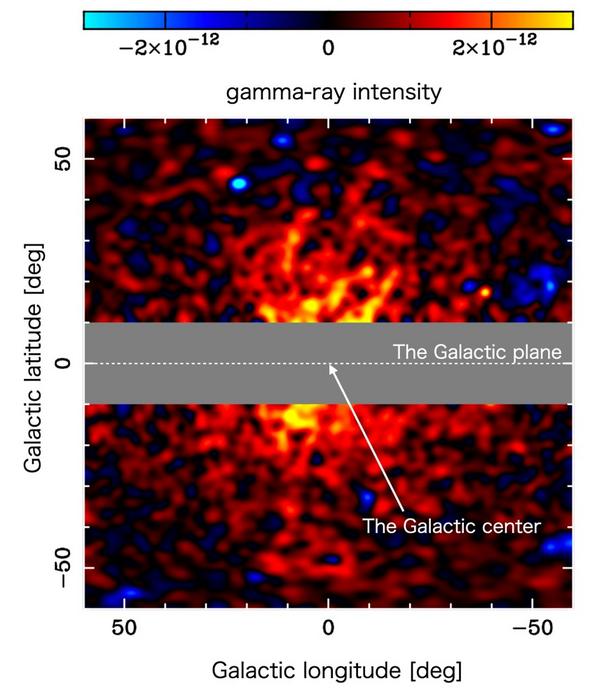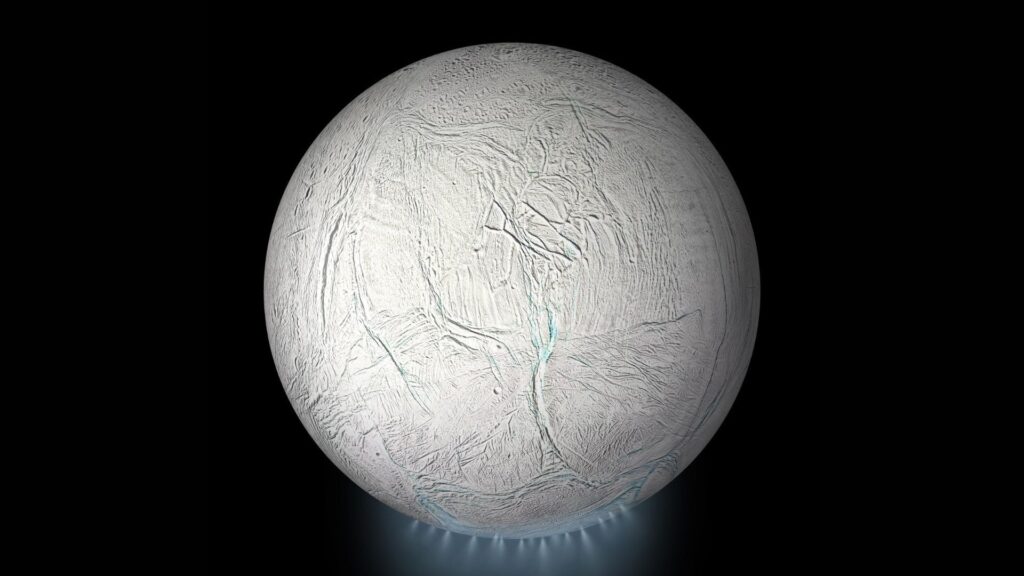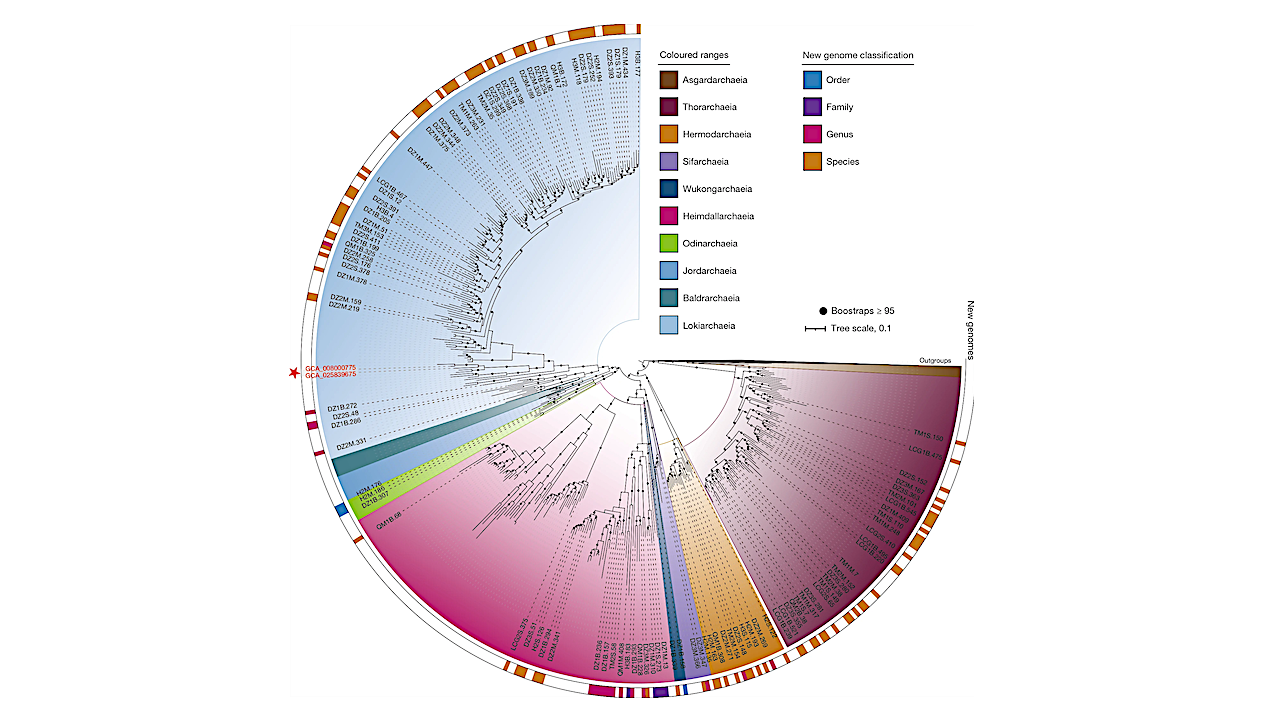Now Reading: Watch China’s private Ceres-1 rocket launch 4 satellites from a ship at sea (video)
-
01
Watch China’s private Ceres-1 rocket launch 4 satellites from a ship at sea (video)
Watch China’s private Ceres-1 rocket launch 4 satellites from a ship at sea (video)

The Chinese company Galactic Energy launched its solid-propellant rocket this morning (May 19) from a ship at sea.
The Ceres-1 rocket launched today from the waters off the east coast of China’s Shandong Province. The Taiyuan Satellite Launch Center coordinated the launch, which sent four Tianqi satellites into low Earth orbit (LEO). Liftoff occurred at 3:38 a.m. EDT (0738 GMT; 3:38 p.m. local Beijing time). This was the fifth launch of Ceres-1 from a sea-based platform.
The four Tianqi satellites join a constellation of Internet of Things (IoT) data-connectivity spacecraft operated by the Beijing-based company Guodian Gaoke.

Ceres-1 is a four stage, 66-foot-tall (20 meters) launch vehicle powered by one solid rocket engine on each of its lower three stages and a hydrazine liquid engine on its fourth stage.
While today’s launch was the Ceres-1’s fifth liftoff at sea, it was the rocket’s 20th flight overall. All but one have been successful.
Related stories:
Guodian Gaoke has now launched a total of 41 Tianqi satellites to LEO, completing the company’s initial plans for its constellation. The Tianqi network is designed to provide global data transmission for internet-connected smart devices, for both government and private users.
Galactic Energy has proven a successful company within China’s commercial space industry. In addition to the Ceres-1, the company is developing a liquid-propellant launch vehicle, called Pallas-1, which is expected to debut later this year. As it progresses, the Pallas-1 design will eventually incorporate a recoverable and reusable first stage.
Stay Informed With the Latest & Most Important News
Previous Post
Next Post
-
 012024 in Review: Highlights from NASA in Silicon Valley
012024 in Review: Highlights from NASA in Silicon Valley -
 02Panasonic Leica Summilux DG 15mm f/1.7 ASPH review
02Panasonic Leica Summilux DG 15mm f/1.7 ASPH review -
 03How New NASA, India Earth Satellite NISAR Will See Earth
03How New NASA, India Earth Satellite NISAR Will See Earth -
 04And Thus Begins A New Year For Life On Earth
04And Thus Begins A New Year For Life On Earth -
 05Astronomy Activation Ambassadors: A New Era
05Astronomy Activation Ambassadors: A New Era -
06SpaceX launch surge helps set new global launch record in 2024
-
 07Space Force plans new ‘Futures Command’ amid pressure to speed up modernization
07Space Force plans new ‘Futures Command’ amid pressure to speed up modernization




















